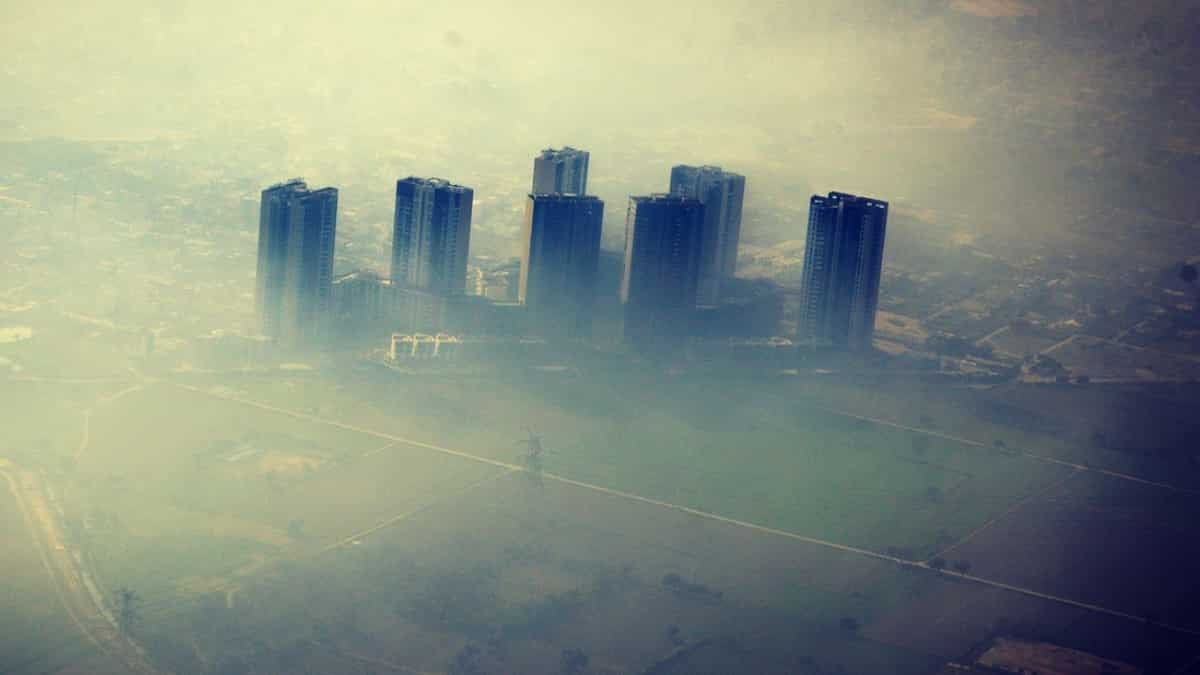Asthma is a chronic lung disease affecting people of all ages worldwide. It is a condition in which the airways swell and become narrow, and air pollution makes it even worse.
In some cases, asthma may produce extra mucus and create difficulties in breathing. It interferes with daily activities and may become a major issue that could lead to a life-threatening asthma attack.
The symptoms of asthma can be controlled, but as per experts, the disease can’t be cured as it often changes over time. Hence taking precautionary measures is extremely important.
trending now
-
India’s ‘Aditya-L1’ to reach Lagrange Point 1 in January first week: Minister
-
Woman takes sweet revenge from office, quits toxic job and then deletes all employee’s passwords
-
At least 100 elephants die in drought-stricken Zimbabwe park, a grim sign of El Nino and climate change
-
Top 10 world news: Russia upgrading nuclear arsenal, China earthquake death toll mounts, and more
-
Savitri Jindal, richest woman in India, beats Ambani and Adani in wealth growth
-
Russian tourist’s video of harassment by petrol pump worker goes viral, police take action: Video
-
Russia-Ukraine war: Zelensky says Trump presidency could have ‘strong impact’ on war
-
India: Maharashtra greenlights new city called ‘Third Mumbai’
-
Daydreaming may be streghtening our memories, study suggests
-
Iceland volcano is ejecting enough lava to fill olympic swimming pool in 20 seconds
-
WHO labels JN.1 Covid strain as a ‘variant of interest’, says its health risk is low
-
SHOCKING – SunRisers Hyderabad block David Warner on social media, Aussie star shares images on Instagram
-
Premier League: Steve Cooper sacked as Nottingham Forest boss after poor run of results
-
IPL 2024 Auction: Kiwi Rachin Ravindra reacts after being sold to Chennai Super Kings – WATCH
-
Bundesliga: Thomas Mueller extends Bayern Munich deal until 2025
WION reached out to Dr Vivek Singh, the Director of Respiratory and Sleep Medicine at Medanta in Gurugram, to get an insight into how increasing pollution levels are contributing to asthma exacerbations and effective management strategies.
Taking about the condition in India’s capital New Delhi, Dr Singh said, “The high level of pollution affects everyone, but it’s particularly tough on those with respiratory conditions, the elderly, and kids. However, individuals with respiratory conditions, the elderly, and children are especially vulnerable to its adverse effects.”
In New Delhi, the recent levels of pollution have reached alarming heights, raising serious concerns for the well-being of the residents. As winter descends upon the region, the situation becomes worse. The pollution is caused by a combination of factors, including stubble burning, atmospheric changes, and more.
Airborne particles or pollutants found in haze, smoke, and airborne dust, pose serious air quality issues. And while air quality affects everyone, to some, the effects are far more adverse than others.
A report published by the World Health Organization (WHO) on May 4, 2023, revealed that asthma affected an estimated 262 million people in 2019 and caused 455,000 deaths. It stated that most asthma-related deaths occur in low- and lower-middle-income countries, where under-diagnosis and under-treatment is a challenge.
Impact of air pollution on individuals with respiratory illnesses
Levels of harmful substances, including particulate matter, nitrogen dioxide, sulfur dioxide, and carbon monoxide, increase with a rise in pollution of air.
Dr Arunesh Kumar, Senior Consultant and Head, of Respiratory Medicine, Paras Health, Gurugram, told WION that when a person inhales these dangerous particles and compounds, it can cause or worsen pre-existing respiratory illness.
Dr Kumar said, “The hazardous elements of air pollution are especially dangerous for respiratory conditions such as interstitial lung disease, asthma, bronchitis, and chronic obstructive pulmonary disease (COPD). For those with respiratory illness, breathing becomes more difficult as a result of the inflammation and irritation caused in the airways.”
Gaseous pollutants can aggravate respiratory symptoms, including dyspnoea and coughing. He said, “Long-term exposure to these gases can damage the airways, increasing the risk of respiratory infections in people.”
What should be the preventive approach?
Dr Arjun Khanna, Head of the Department and Senior Consultant, Department of Pulmonary Medicine, Amrita Hospital, Faridabad, Haryana told WION that the first preventive approach should be to ensure that you are able to identify as well as avoid possible triggers.
“Having an action plan ready in consultation with your doctor, an inhaler by your side – specifically in the case of asthmatics and taking regular inhalation therapy as prescribed by your doctor is critical,” Dr Khanna added.
“To further manage your condition more effectively, monitoring your lung health with a peak flow meter can be an added layer of precaution,” he added.
He stressed that basic measures like trying to maintain healthy air quality in your home, reducing time spent outdoors, reducing strenuous, outdoor exercise, and maintaining a safe distance from pollution hotspots can help manage conditions as well.


)
)
)
)
)
)
)
)
)
)
)
)
)
)
)